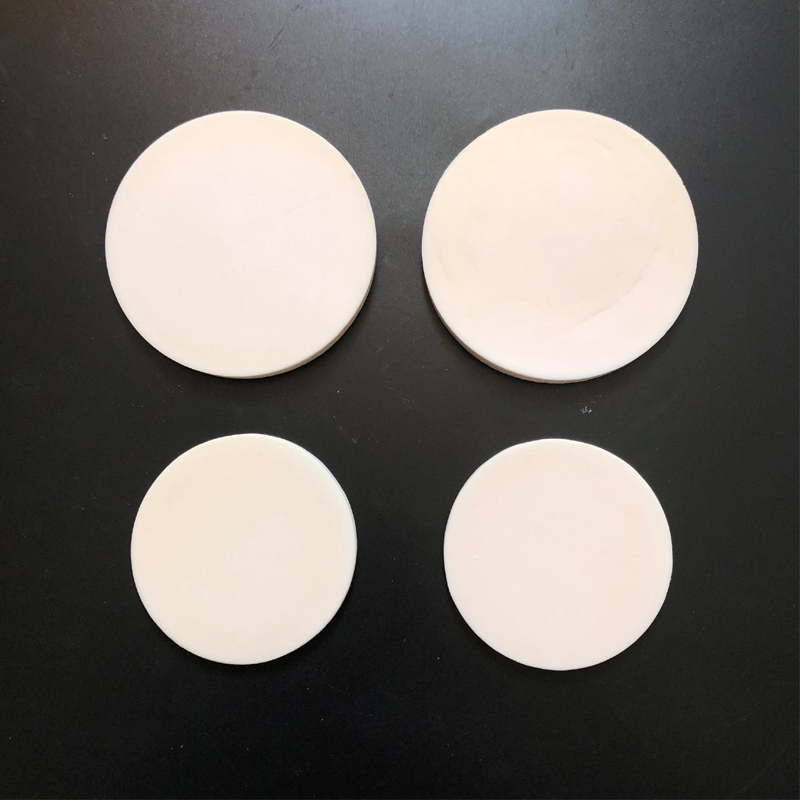Research and development of alumina ceramic plates to support the development of the electronics industry

In the rapidly developing electronics industry, the demand for high-performance materials is becoming increasingly urgent. Alumina ceramic plates are gradually becoming a key material in the field of electronics due to their unique advantages. How to improve the success rate of research and development of alumina ceramic plates has also become a focus of attention for researchers and enterprises.
Alumina ceramic plates have shown many significant advantages in the application of the electronics industry. It has high thermal conductivity and can efficiently conduct heat, effectively solving the problem of heat dissipation in electronic devices during operation, ensuring stable operation of electronic components at suitable temperatures, and greatly improving the reliability and service life of electronic devices. Good electrical insulation is also a major highlight of alumina ceramic plates, which can effectively prevent current leakage, ensure the safe operation of electronic devices, and reduce the probability of electrical short circuits and other faults. In addition, alumina ceramic plates also have excellent chemical and thermal stability, which can maintain stable performance in complex working environments and are not easily affected by external factors.
So, how can we improve the success rate of research and development of alumina ceramic plates? From the perspective of optimizing material composition, using high-purity alumina raw materials (over 99%) is a crucial step. High purity raw materials can reduce the negative impact of impurities such as SiO ₂ and Na ₂ O on grain boundary strength, thereby improving the density and mechanical properties of alumina ceramic plates. Adding appropriate dopants or second phases can also play a role in toughening, regulating grain boundaries, and enhancing composite effects.
Optimizing the preparation process is equally crucial. In the process of powder treatment, high-energy ball milling, chemical coprecipitation or sol gel method can be used to obtain ultra-fine and uniform powder and reduce defects in the sintering process. Advanced sintering technologies such as hot pressing sintering (HP) can significantly improve density and mechanical properties by sintering under high temperature and pressure; Spark plasma sintering (SPS) can achieve rapid heating and low-temperature sintering, effectively suppress grain growth, and obtain nanostructured ceramics; Microwave sintering utilizes microwave heating to achieve uniform and rapid sintering, reducing energy consumption and grain coarsening.
With the continuous deepening of research and development, we believe that alumina ceramic plates will play a greater role in the electronics industry, providing solid material support for the upgrading and replacement of electronic devices.

